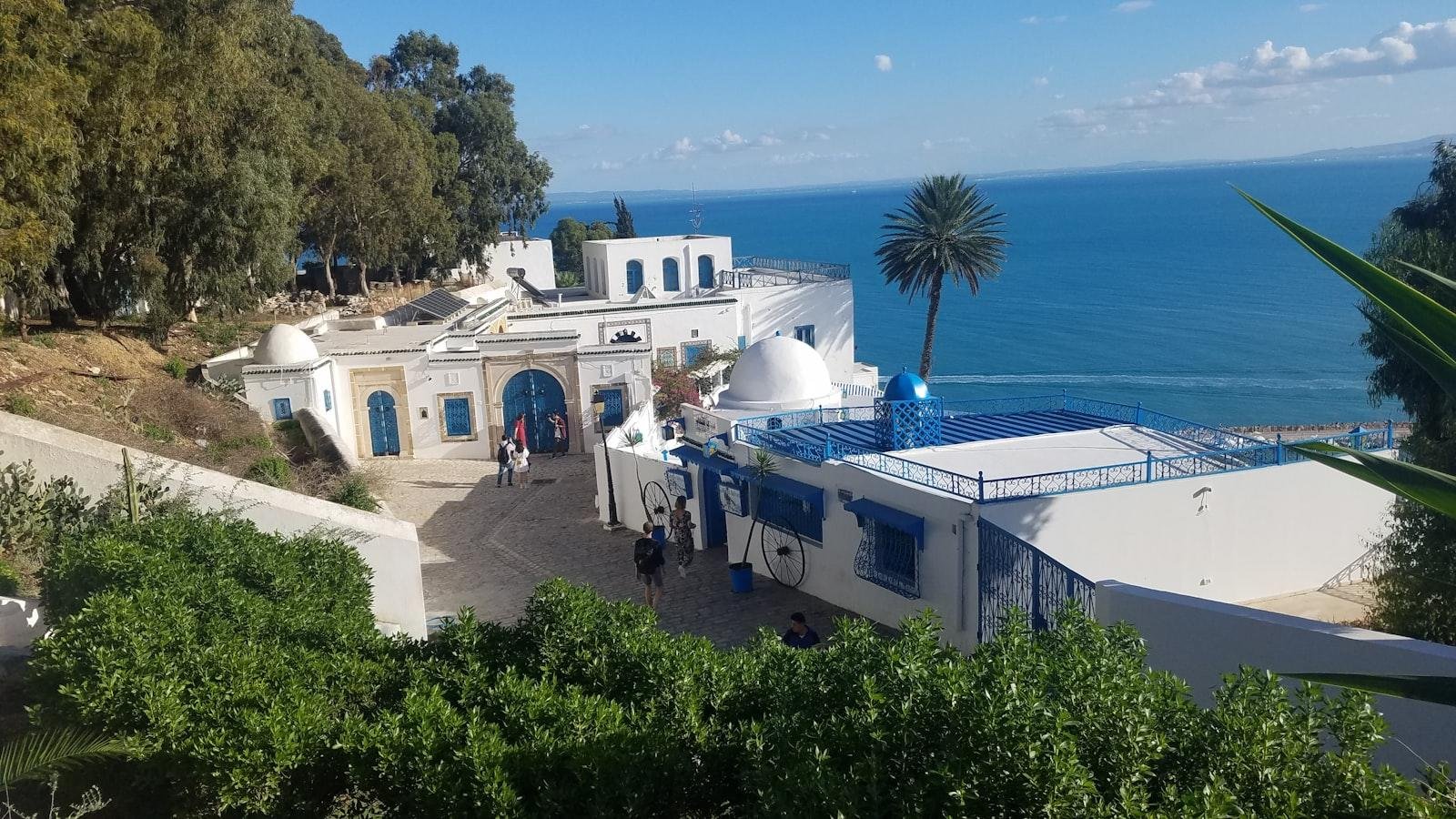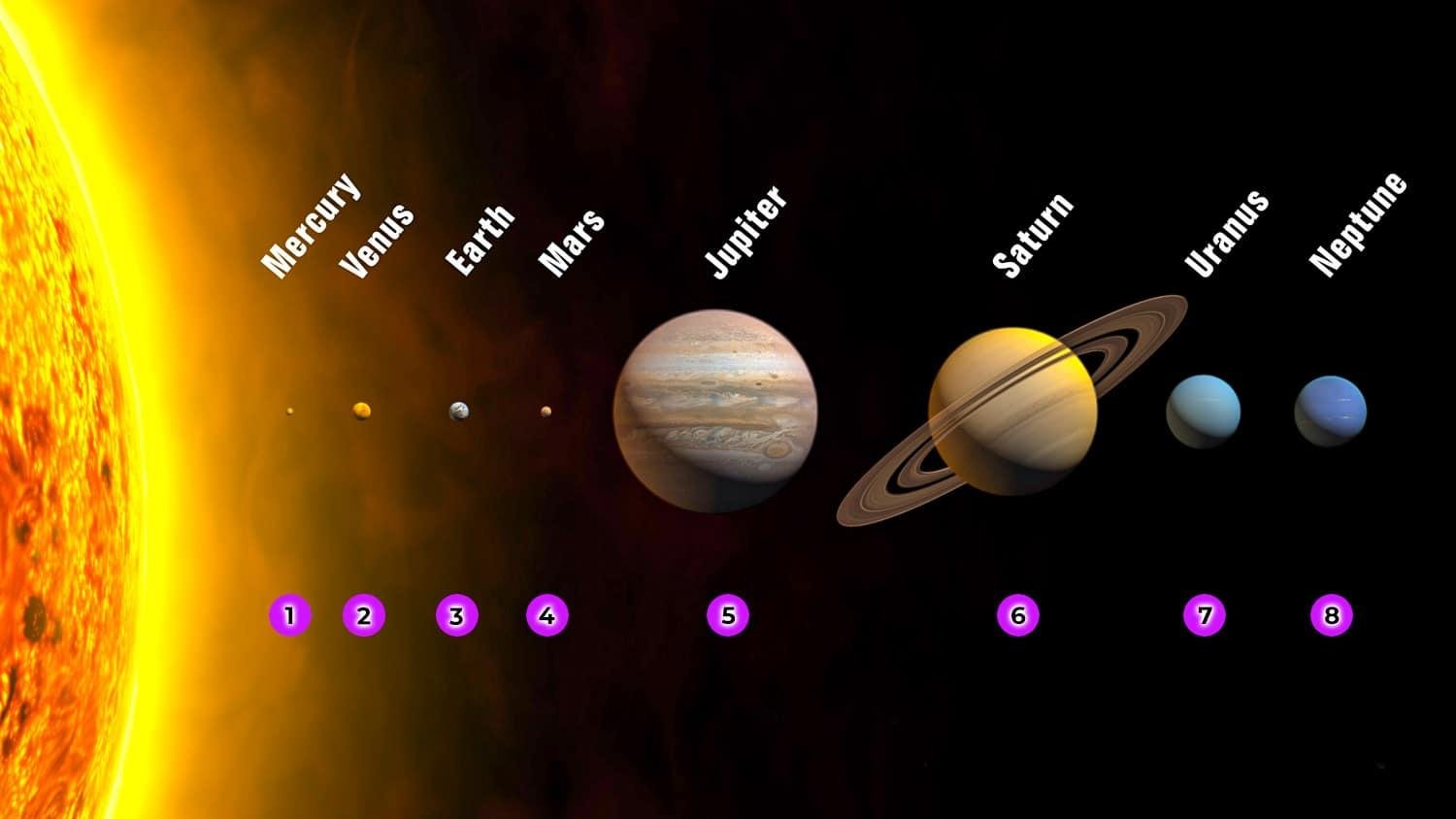Nestled along the Mediterranean coast of North Africa lies a country rich in history, culture, and linguistic diversity. Tunisia, often known for its stunning beaches and ancient ruins, is also home to a vibrant tapestry of languages that reflect its complex past and present. From Arabic to French to Berber dialects, the linguistic landscape of Tunisia is as diverse and colorful as the country itself. Join us on a journey as we explore the multilingual tapestry of Tunisia and uncover the languages spoken by its people.
Exploring Tunisia’s Linguistic Diversity
Tunisia, a North African country with a rich cultural heritage, boasts a diverse linguistic landscape that reflects its history of conquests and influences. The official language of Tunisia is Arabic, specifically Tunisian Arabic, which is spoken by the majority of the population. Additionally, French holds a significant presence in the country as a legacy of its colonial past, and it is widely used in business, education, and government.
Aside from Arabic and French, Tunisia is also home to indigenous Berber languages such as Tamazight and Taznatit, which are spoken by small communities in the country. Furthermore, due to its proximity to Europe and the Mediterranean, languages like Italian, English, and German are also spoken by some Tunisians, especially in urban areas and tourist hotspots. This linguistic diversity adds to the cultural tapestry of Tunisia, making it a fascinating destination for language enthusiasts and travelers alike.
A Deep Dive into Tunisia’s Language Landscape
Tunisia, a country located in North Africa, boasts a rich linguistic diversity that reflects its complex history and cultural heritage. The multilingual tapestry of Tunisia is a fascinating mosaic of languages spoken by its diverse population. Arabic is the official language of the country and is widely used in government, education, and media. However, Tunisia’s language landscape goes beyond Arabic, with several other languages playing a significant role in the daily lives of its people.
French holds a prominent position as a second language in Tunisia, stemming from the country’s colonial past. It is commonly used in business, commerce, and higher education, making it an important tool for communication and collaboration. Additionally, Berber languages like Tamazight are spoken by the Berber population in Tunisia, particularly in rural areas. These languages contribute to the cultural richness of the country, adding depth and complexity to Tunisia’s linguistic tapestry.
Challenges and Opportunities for Multilingualism in Tunisia
Tunisia is a country rich in linguistic diversity, with multiple languages spoken across its regions. Arabic serves as the official language, while French is widely used in government and business sectors. In addition, the Berber language is spoken by the Amazigh community, adding to the multilingual tapestry of the nation.
Despite the benefits of multilingualism in Tunisia, there are also challenges that come with it. One such challenge is the potential for language barriers to hinder communication and understanding among the country’s diverse population. However, these challenges also present opportunities for promoting cultural exchange and preserving the unique linguistic heritage of Tunisia.
Preserving Tunisia’s Linguistic Heritage for Future Generations
Tunisia is a country rich in linguistic diversity, with a tapestry of languages spoken throughout its regions. The official language, Arabic, is widely used for communication and government affairs. Additionally, the Tunisian dialect of Arabic, known as Tunisian Arabic, is spoken by the majority of the population in their daily lives. This dialect has unique characteristics that differentiate it from other Arabic varieties, making it an important part of Tunisia’s linguistic heritage.
Aside from Arabic, French is also commonly spoken and used in business, education, and media. This influence stems from Tunisia’s history as a French colony and has become an integral part of the country’s linguistic landscape. Berber languages, such as Tamazight, are also spoken by some communities, particularly in rural areas. Preserving these languages and promoting multilingualism in Tunisia is essential for maintaining the country’s cultural identity and ensuring that future generations can connect with their linguistic heritage.
In Summary
As we unravel the multilingual tapestry of Tunisia, we are reminded of the vibrant diversity and rich history that have shaped the linguistic landscape of the country. From Arabic to French, Berber to Italian, each language adds a unique thread to the intricate fabric of Tunisia’s cultural identity. Through these linguistic layers, we gain a deeper understanding of the people, the traditions, and the stories that make Tunisia a truly captivating destination. So next time you find yourself wandering the bustling streets of Tunis or exploring the ancient ruins of Carthage, take a moment to listen to the melodic cadence of the Tunisian languages – for in their words, you’ll discover the true essence of this enchanting country. The multilingual tapestry of Tunisia awaits, ready to be explored and celebrated in all its diverse beauty.




